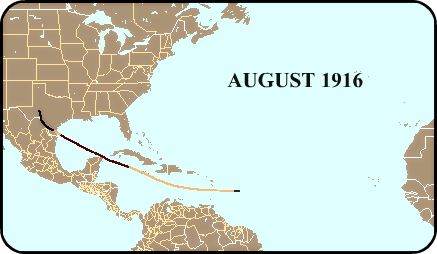These contrasting commentaries have continued into the new century.
'On the other side of the island — from Ewarton over to Mount Diablo down to the north shore there was a pretty stretch of land.
The Fern Gully was simply unsurpassable anywhere. Along the
coast from Annotta Bay to Port Antonio there were a great many beautiful places.'
Bessie Pullen-Burry
Jamaica as it is, 1903
p 193-4
The chief charm of this long day was the road leading through Fern Gully down to the small town of Ora Cabessa [the author, oddly, got this wrong; even in 1903 this should read 'Ocho Rios'], on the north side of the island. You drive between enormously high cliffs covered with every variety of fern; the moisture and shade causes their growth to be quite gigantic, and you look up to the bit of blue sky overhead through the interlacing and waving greenery of countless tropical plants.
Ethiopia in Exile, 1905
p 96
At this period Fern Gully was one of the important tourist attractions which the owners of hotel accommodation inevitably mentioned in their advertisements, as the Moneague Hotel had done for the previous decade, and continued to do well into the future.
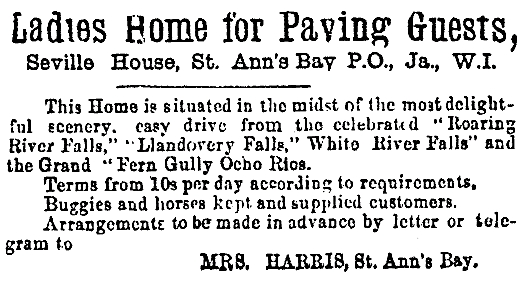
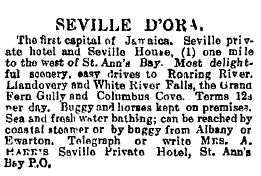
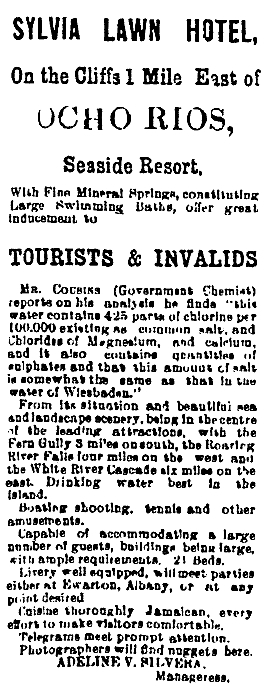
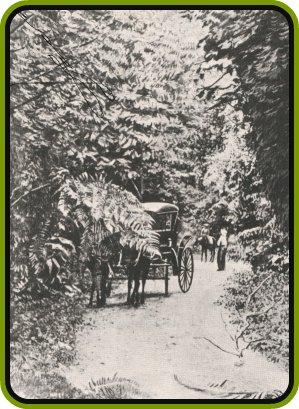
'Jamaica is one of the richest fern-bearing areas in all the world. Botanists made Fern Gully a mecca of study because there
they found enormous variety of fern species
concentrated in a small accessible site.'
in 1961, Aimee Webster
DeLisser, who was born
in 1909, could have been referring to this photo,
or its twin.

album, among views of foreign cities, buildings,
lakes, rivers and other landmarks sent to us by the
rare travellers of those far-off days, was a single
Jamaican scene - that of Fern Gully.
How vividly I remember it! A buggy sat like a
ridiculous decoration among fronds which seemed almost to be shaking hands across the road. That
lush verdure I never saw. My mother stated
categorically that too many people passed in too
many cars "and so the ferns are dying."
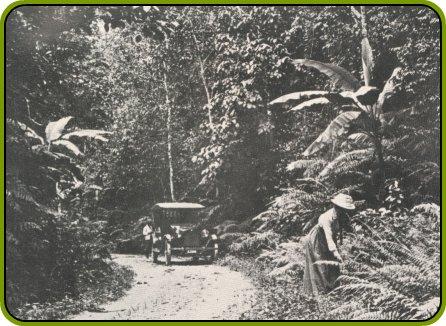
'Take water before going through Fern Gully. Use chains if road is wet.'
This advice was presumably based on the nature of the motor cars of the time, but perhaps also on the known problems caused by heavy rains.
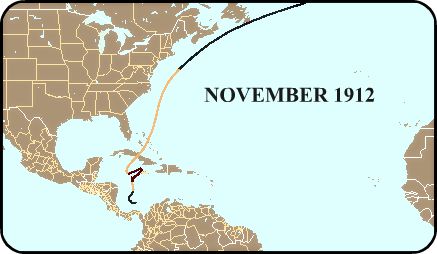
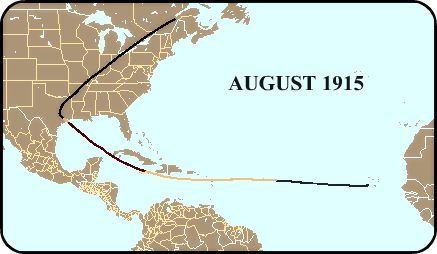
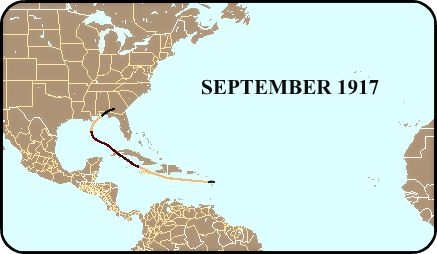
Daily Gleaner, August 18, 1915
At Ocho Rios.
(From our Correspondent.)
Ocho
Rios; August 14.—As like other parts of
our island, from midnight on Thursday last
until daybreak, we
experienced our share of the hurricane, the wind blowing at the start from the north, and changing to a north-
easterly direction. A good deal of
damage has been sustained by those residing
near the sea, resulting in the
loss by the rise of the tide, in complete destruction of two cottages and several outbuildings
. . .Damage
to cultivations: We have had no reports
of the interior, but all the nearby
plantations, Buckfield, Shaw
Park, and others, have been clean swept of all banana cultivations.
Our cocoanuts have suffered destruction, but not to any material extent.
Not
much damage has been done to the main
roads at this end, beyond a big land slide at a spot known as Dr.
Gibson's Curve, along the Saint Ann's Bay Road.
News From Ocho Rios.
(From our Correspondent.)
Ocho
Rios. Aug. 16. - No telegraphic
communication available to-day so hasten to report results as yet
known of the
severe blow experienced during last night.
Yesterday at about 12 a.m. High winds
started, but although receiving the usual
storm notices from the office no particular
alarm was exhibited
by us until about 6
p.m., when we then fully realized
that we were in for another hurricane
which indeed
has come.
All
bananas in and around our district are
blown down. Coconuts have also suffered and
quite a lot of other
staple plants.
Reports as yet from the country parts
state that the blow and its effects are
more disastrous
among the peasantry than others. Breadfruit, pears and yam plants, all smashed up; what little pimento there might have been is all gone and in several places quite a lot of trees have been rooted up. No loss of life reported.
Daily Gleaner, August 22, 1916
The Food Situation.
(From our Correspondent.)
Ocho
Rios, Aug. 19.—Further news of the effects
of our late hurricane confirm the fact that the people
living on the hills
have sustained very serious damage to their
crops, which make certain a shortage of
foodstuff for the coming year. The market
to-day was filled with storm-blown fruit and
other commodities,
all of which can only
last for a fortnight longer, when the
question of a regular food supply will
prove a
knotty problem for the poorer ones chiefly.
The
banana cultivators of our district are
undecided as to whether they will continue
the cultivation or not,
as conditions for
the last two years have been most
ruinous, no sale whatever, and hurricanes
in quick
succession.
Daily Gleaner, September 26, 1917
News from Ocho Rios.
(By Telegraph From our Correspondent.)
Ocho
Rios, Sept. 24: - Not many hours after
the storm notice was given out on
Saturday evening, rain and
high winds started here, and at about 3 a.m., on Sunday, winds increased with hurricane velocity.
The bananas are all blown down. Cocoanuts have not suffered as severely as last year. No loss of life on sea or land has been reported.
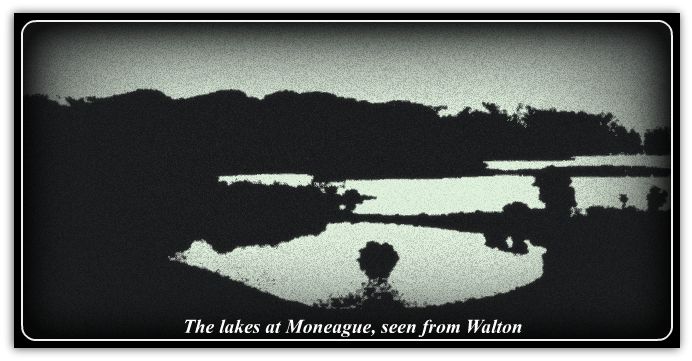
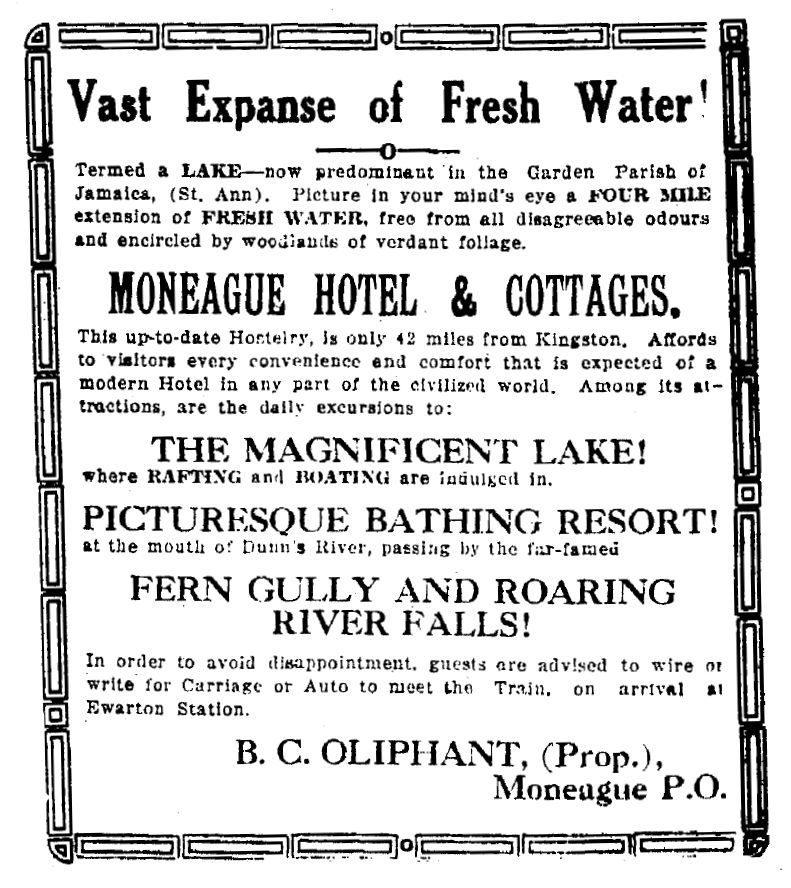
As Tony Porter writes in his recently published book -
Bricks and Stones From The Past, Jamaica's Geological Heritage
"What is not widely known, however, is that during an eight-month period between 1915 and 1916 a feature film, The Daughter of the Gods,
starring Annette Kellerman, was shot in Jamaica by Fox Film Corporation
and one of the main locations was Fort Augusta. In bidding farewell to
the people of Jamaica in April 1916, Mr Herbert Brenon, the director,
remarked, 'It has been my duty to handle many thousands some days at
Fort Augusta, so all told I have handled close to 150,000. This is no
exaggeration when one thinks of the many days I had 3,000 at a time. To
these men I send a message of thanks.'
Unfortunately,
this ten-reel black-and-white film from the silent-era days is lost,
since no copy is known to exist, although one reel is is believed to be
present in a Russian archive. The movie is said to have cost about US$1
million to produce, and the studio head, William Fox, was allegedly so
incensed that he removed Brenon's name from the list of credits, but
Brenon sued and won."
'Fern Gully is on the programme for some scenes, it will be used as a roadway to the Gnome Village, and on one of these fine sunny days it will be the scene of the parade of the Gnomes - five hundred of them on little donkeys, led by the Dream Girl. They will be shown riding up the gully.' Daily Gleaner, December 20, 1915
However I have not yet found any account of the shooting of such scenes.

could surpass the fern gully of Jamaica.'
(Colonel Bullard) Daily Gleaner, June 11, 1915



